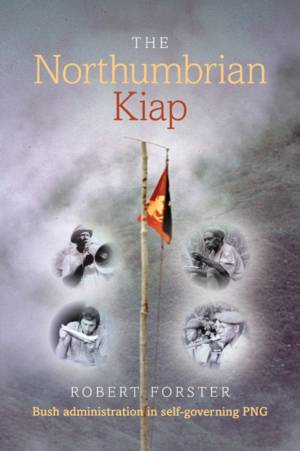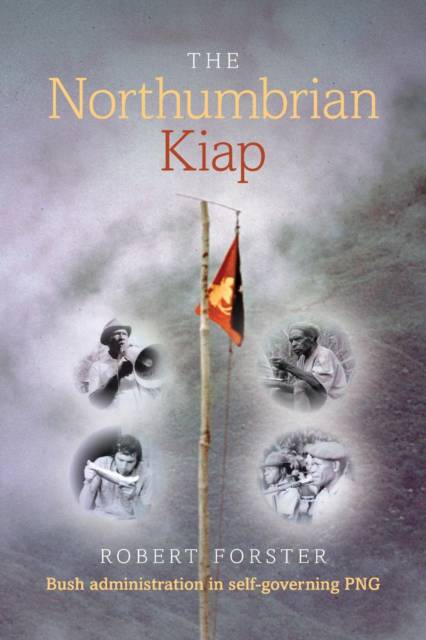
- Retrait gratuit dans votre magasin Club
- 7.000.000 titres dans notre catalogue
- Payer en toute sécurité
- Toujours un magasin près de chez vous
- Retrait gratuit dans votre magasin Club
- 7.000.0000 titres dans notre catalogue
- Payer en toute sécurité
- Toujours un magasin près de chez vous
The Northumbrian Kiap
Bush administration in self-governing Papua New Guinea
Robert ForsterDescription
A vivid first hand description of never to be repeated 1968-1975 postings within Australian administered, and then self-governing, Papua New Guinea. The narrative confirms the European model for colonial administration was active well beyond the emergence of the Beatles, mini skirts and Mini-cars in the swinging 1960s and underlines universal human problems triggered by tumultuous cultural change and the ever-strengthening quest for national and individual identity. Its candid text includes eyewitness observations covering the country's uniquely formidable mountain interior, arrow and spear fuelled traditional fighting, cyclical pay-back murder, and villagers who hoped to become wealthy after building a lure to attract passing planes. It also outlines profound political stresses provoked by the country's determination to reject Kiap government directed through Canberra. These include the installation of an illiterate Minister of Communications, an Assistant District Commissioner who was blind to the implications of a seismic general election, how just three coconut palms underlined a catastrophic collapse in administrative will, and a group of Europeans skulking behind an arsenal of firearms on Self-Government Day. This history of PNG's exploration by Kiaps working up to the end of the 1950s has been comprehensively covered but "The Northumbrian Kiap" offers valuable insight into the problems faced by both village people and their civil service during the less well documented approach to Independence in 1975. A surprising, and sympathetic, under text is the unmistakable similarity between adjustments to accommodate mid-20th Century lifestyle changes forced on village people in rural Northumberland and contemporary reaction among Papua New Guineans as they too confronted tensions created by unrelenting global economic and educational advancement.
Spécifications
Parties prenantes
- Auteur(s) :
- Editeur:
Contenu
- Nombre de pages :
- 308
- Langue:
- Anglais
Caractéristiques
- EAN:
- 9781912183364
- Date de parution :
- 24-05-18
- Format:
- Livre broché
- Format numérique:
- Trade paperback (VS)
- Dimensions :
- 156 mm x 234 mm
- Poids :
- 435 g

Les avis
Nous publions uniquement les avis qui respectent les conditions requises. Consultez nos conditions pour les avis.






